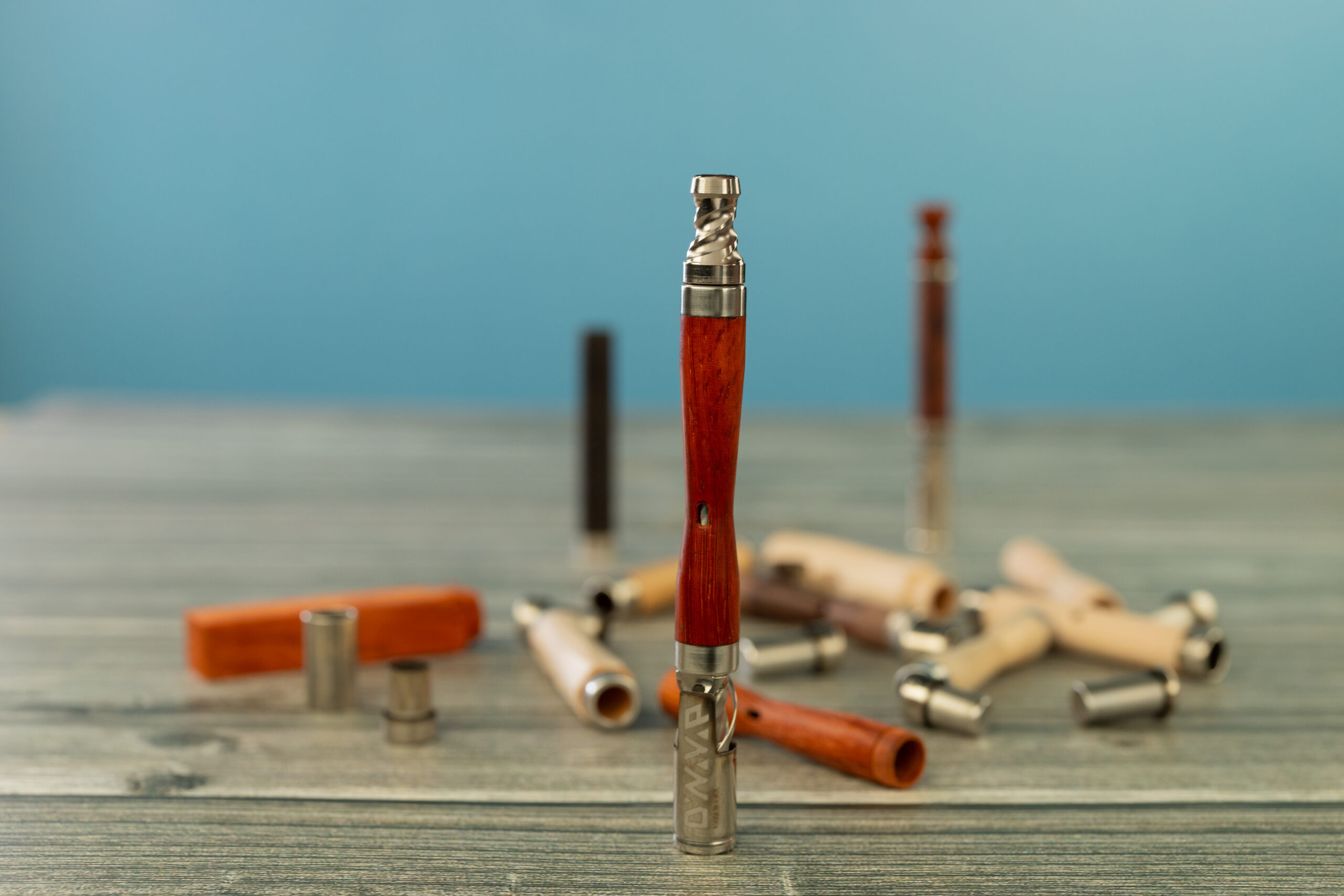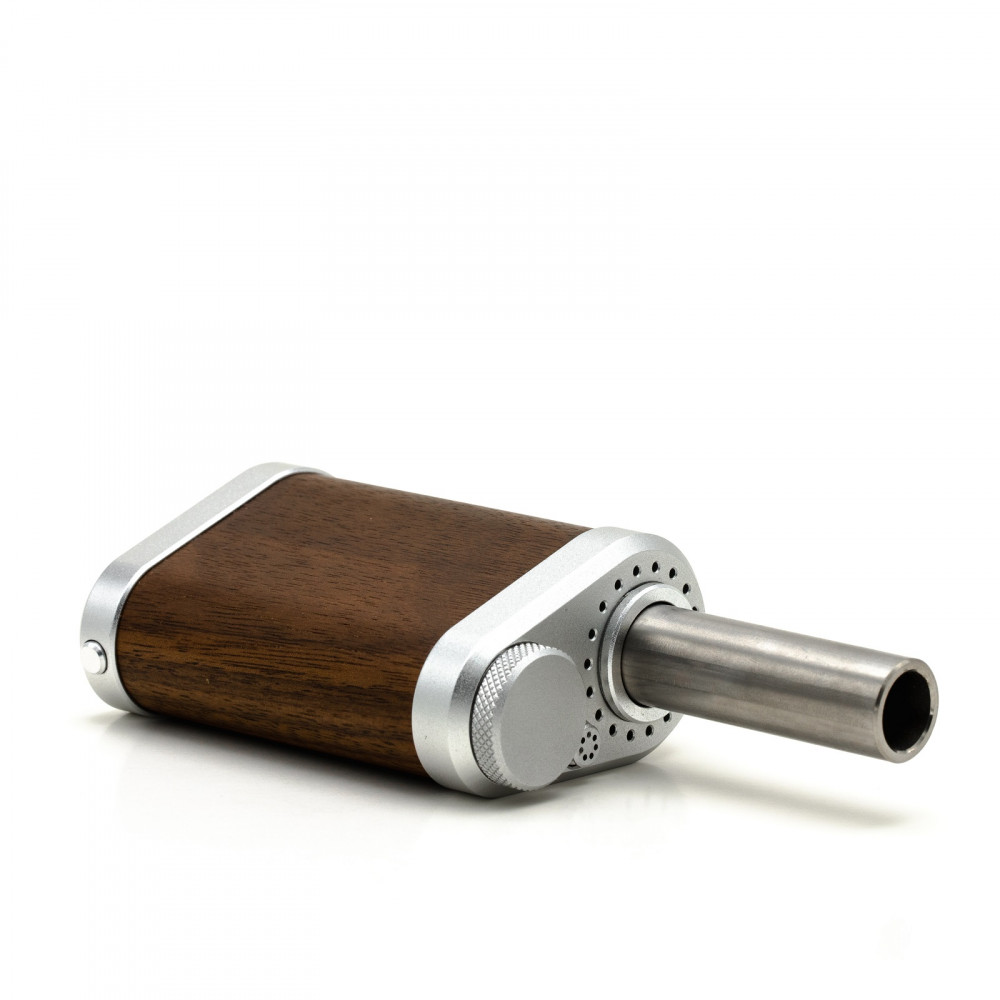

How to Efficiently Detox from Marijuana: Taking Breaks for Your Body and Mind
Marijuana is a substance commonly used worldwide for both recreational and medical purposes. Despite its benefits, such as pain relief and relaxation, continuous and intensive use can lead to addiction or impact mental and physical health. Therefore, it is beneficial to sometimes take breaks and detoxify the body from marijuana. This blog will introduce why it is worth taking breaks, what detox is, different forms of detox, effective detox methods, and how to deal with withdrawal symptoms.
Why might detox be beneficial from time to time?
Detoxifying from marijuana has many benefits, both mental and physical. Physically, detox helps cleanse the body, which can increase energy levels, improve digestion, strengthen the immune system, and improve well-being. Mentally, detox can help clear the feeling of “fog” in the head, which often accompanies regular use of marijuana, leading to improved memory, concentration, and overall cognitive function. Additionally, taking breaks from using marijuana can reduce the risk of developing dependence, increase the natural ability to experience pleasure (as continuous use can numb this over time), lower tolerance, and improve sleep quality.
What is a detox? How long does it take to completely get rid of marijuana from your body?
Detox is a process where you abstain from using a particular substance to remove accumulated toxins in your body. In the context of marijuana, detoxification mainly involves the elimination of THC, the active compound responsible for psychoactive effects.
The length of detox can vary depending on many factors, such as frequency of use, percentage of body fat, metabolic rate, and overall health status. On average, THC can be detectable in urine for up to 30 days in frequent and heavy users. However, traces of THC can be found in hair follicles even up to 90 days. Note that detectable presence of THC doesn’t necessarily mean that you still feel the effects of marijuana, but it is a sign that the substance has not yet been completely eliminated from your system.
What are the different forms of a detox?
There are different forms of detox that you can undertake, and the choice depends on individual needs and circumstances.
Short-Term Detox: Usually lasts a week and can help reset tolerance and give your body a rest. This is often sufficient for occasional users. It should be noted, however, that after a week off, tolerance often quickly rises again. Even with short-term detox, two weeks can often bring a better effect.
Long-Term Detox: Can last a month or longer and is often undertaken by regular, frequent users seeking a deeper system cleanse or a break from usage for a longer period of time.
Natural Detox: Involves ceasing use and allowing the body to self-cleanse over time, supported by a healthy lifestyle.
Assisted Detox: Involves using detoxification kits or medical assistance to accelerate the process, or manage withdrawal symptoms. Always consult a health professional before choosing this path. It should also be noted that for cannabis, this form of detox is practically never needed. It is usually used for detox from other substances, whose sudden withdrawal can carry dangerous health consequences.
What are good methods for detox?
Detoxifying from marijuana is not just about refraining from use – it’s also about adopting healthy habits that help your body eliminate toxins and alleviate withdrawal symptoms.
CBD Substitution: CBD, another compound found in marijuana, does not induce the “high” associated with THC. Using CBD can help manage cravings and withdrawal symptoms during detox.
Occupying the Mind: Engaging in activities that bring you pleasure can divert attention from cravings and help maintain mood. Many people report that when they dedicate themselves to work or give their attention to a project, it is much easier for them to quit cannabis. If your mind is occupied, and you are interested in something, you usually don’t even have time to think about cannabis.
Exercise: Regular physical activity helps speed up the detox process by boosting metabolism. It also releases endorphins, the body’s natural mood-boosting substances. Many people also report that after intense physical exertion, they lose the desire to “light up”.
Hydration and Diet: Drinking large amounts of water aids in eliminating toxins. A diet rich in fruits, vegetables, lean proteins, and whole grains can support detox by providing essential nutrients.
Meditation and quieting: These practices can reduce the stress and anxiety associated with withdrawal, helping you stay focused and calm during detox.
What are the withdrawal symptoms and how to deal with them?
Firstly, it is worth noting that just like almost every substance in the world, marijuana can also be addictive. However, it’s important to know that the symptoms of addiction or withdrawal differ from “more serious” addictions like alcohol or some substances. Even for frequent and heavy users, stopping this substance overnight is not life-threatening.
Marijuana withdrawal symptoms can include irritability, anxiety, insomnia, decreased appetite, and physical discomfort. These symptoms usually peak in the first week of abstinence and can last up to two weeks. Here’s how to deal with them:
Irritability and Anxiety: Engage in calming activities, such as yoga, deep breathing, and meditation. CBD can also help with these symptoms.
Insomnia: Set a regular sleep schedule, limit screen time before sleep, and create a quiet, comfortable sleeping environment. Melatonin supplements can also be helpful.
Decreased Appetite: Try eating small, frequent meals instead of three large meals. Include nutritious, appetite-stimulating foods in your diet, such as nuts, seeds, and avocados.
Physical Discomfort: Over-the-counter pain medications can help with physical symptoms. Gentle exercises such as stretching and walking can also alleviate discomfort. However, it should be noted that physical discomfort should not be severe enough to need supplementation with medications. It is not a state comparable to alcohol delirium, for example.
Summary:
Detoxifying from marijuana is an individual journey that is different for everyone. What works best for you depends on your individual situation and needs. But with the right strategies, you can detox effectively and efficiently, supporting your physical health, mental clarity, and overall well-being in the process.
What do we recommend?
As huge cannabis enthusiasts, we are well aware of the pleasure it brings when used. In the life of every “smoker”, there has probably been a period when they consumed larger amounts of cannabis than they would have wished. To maintain a healthy balance and derive maximum benefits from this substance, we recommend:
- Take regular breaks: Regardless of whether you’re a medical or recreational user, regular breaks are always advised. They will lower tolerance, allowing you to achieve similar effects with less amount. After a break, consumption will also be much more enjoyable than with regular use (when the body treats it more as a routine).
- Get busy with something productive: Occupying your time and mind by devoting yourself to work, a hobby, or physical activity will divert your thoughts from marijuana and make the first few days of detox easier.



